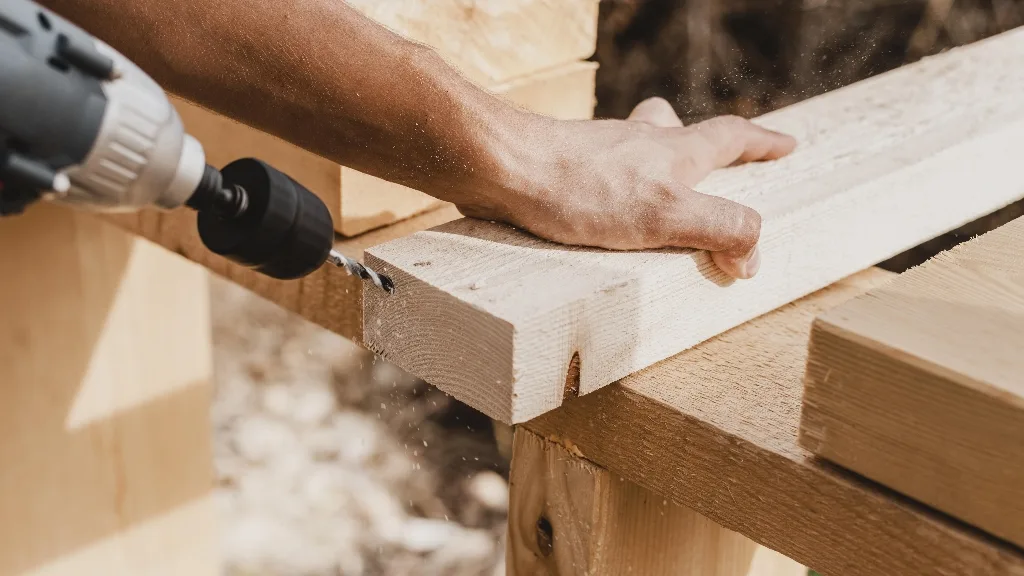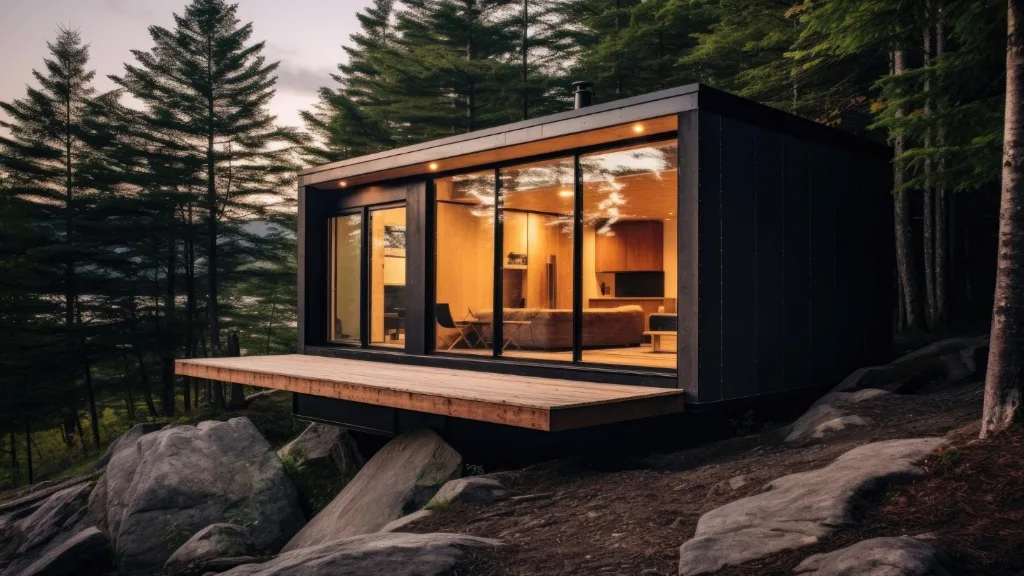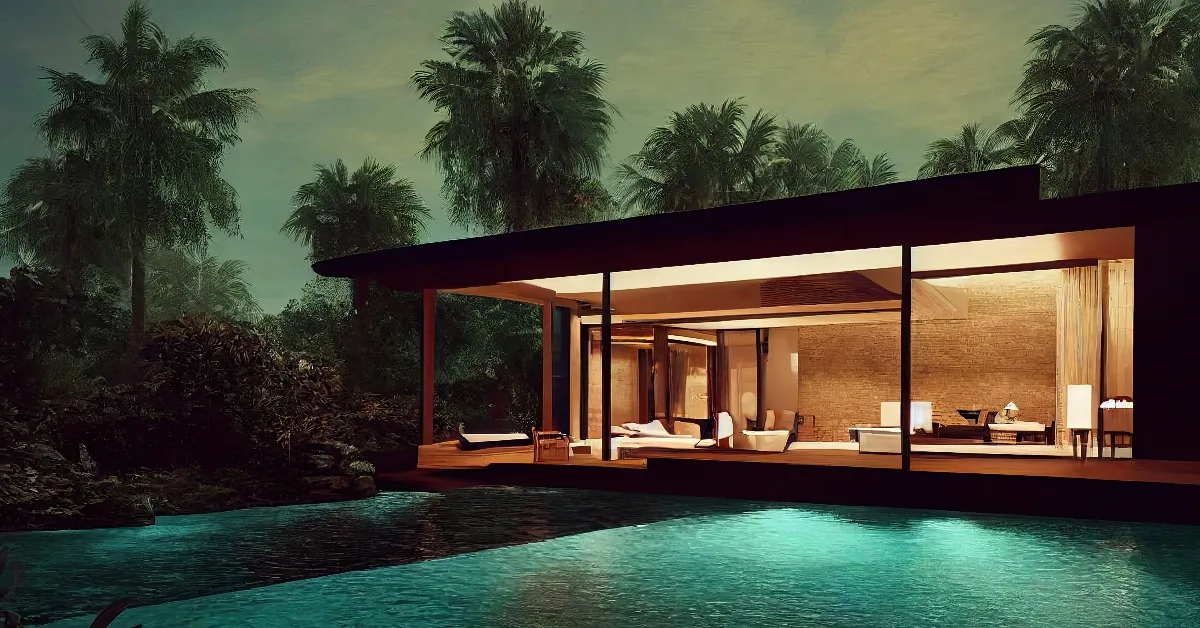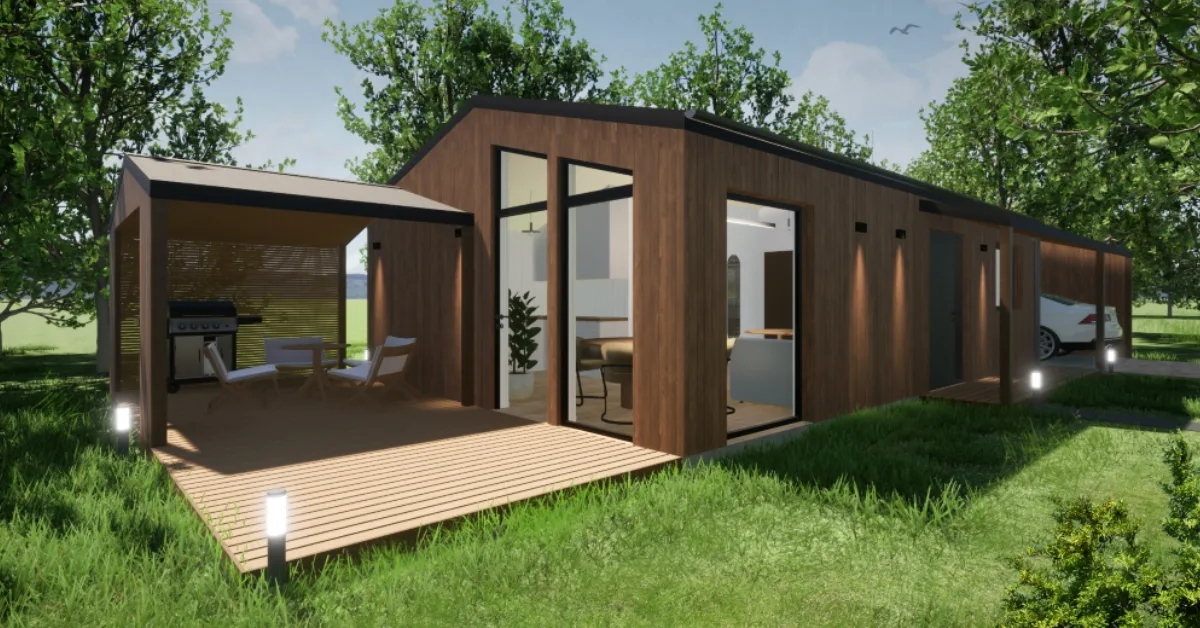The Historical Durability of Timber
Long before the first brick was laid or the steel beam hoisted, timber stood as the backbone of human shelter. From the great forests of Europe to the dense woodlands of Asia, civilizations leaned on the strength of wood to establish their earliest settlements.
The architecture of ancient Japan is a testament to timber’s durability. Structures like the Horyuji Temple, which dates back to the 7th century, are still standing, showcasing the art of woodworking in its highest form. Similarly, Europe boasts timber-framed houses built in medieval times that have endured the ages, displaying an exquisite lattice of beams and posts.
But while history furnishes countless examples of timber’s resilience, it also tells tales of its vulnerabilities. Exposed to nature’s elements, untreated wood could rot, decay, or become prey to wood-boring insects. Moreover, historical structures often demanded continuous care, a testament to the commitment of those societies to maintain their wooden heritage.
Over time, these challenges prompted innovations. The Vikings, for instance, employed specific wood-treating techniques using tar, while other cultures experimented with various wood types and construction methods to optimize longevity.
Thus, the historical trajectory of timber is not just a narrative of natural beauty and architectural marvels but also of human ingenuity. It’s about constantly evolving techniques to harness wood’s innate strength while overcoming its natural limitations. Today, as we stand at the junction of tradition and innovation, we appreciate the rich lineage of timber, understanding both its timeless allure and the lessons it imparts.
The Engineering Behind Modern Wooden Solutions
The world of timber has seen an evolution, where age-old techniques have combined with modern engineering to redefine wooden construction’s potential. In the quest to address the natural limitations of wood, the industry has explored various engineered solutions that enhance timber’s durability, versatility, and sustainability.
One such example of this engineering feat is seen in multilayered panels. These panels, like those from Woodsons, are meticulously crafted to withstand common challenges associated with wood. For instance, the choice of timber type, such as spruce, is crucial. Spruce offers a balance of strength and flexibility, ensuring that the panels are durable yet adaptable.
Furthermore, the method of connecting layers plays a pivotal role in the panel’s integrity. Secure connections using robust materials like iron nails ensure structural stability and enhance overall durability. But it’s not just about strength. Modern panels are also designed with precision in mind. Factors like measurement tolerance are critical when ensuring a perfect fit during installation. This precision, combined with the panel’s inherent strength, allows for versatility in application.
Today’s wooden panels also come with various surface finishes, adding not only to the aesthetic appeal but also to the panel’s protective qualities. And while the engineering and design of such panels have reached new heights, the industry hasn’t lost sight of sustainability. Panels like those produced by Woodsons are sourced from responsibly managed forests, ensuring an environmentally friendly approach without compromising on quality.
Traditional versus Modern: The Evolution in Wooden Construction
The art of building with wood is as ancient as human civilization itself. Traditional wooden structures, from homes to temples, have graced our landscapes for millennia, each bearing testimony to the craftsmanship of its era. Traditional methods, often passed down through generations, were perfected over time to exploit the best qualities of timber. Still, these methods also came with their inherent limitations.
Fast-forward to today, and technological advancements have ushered in a new era for wooden construction. While the charm of traditional wooden structures remains undeniable, the introduction of engineered wooden solutions offers a contemporary edge, addressing many of the older methods’ drawbacks.
A significant stride in this direction is the introduction of multilayered wooden panels. Products like Woodsons WXP Panels provide a glimpse into how modern engineering can retain wood’s natural essence while enhancing its properties. The multilayered construction, for instance, is a game-changer. By strategically placing layers and employing different cladding board profiles, these panels resist the natural tendencies of wood to warp or twist.
Furthermore, the modern approach is not just about structural enhancements. It’s about adaptability. With the introduction of different finishes and the ability to cater to various design preferences, contemporary wooden panels bridge the gap between functionality and aesthetics.
The culmination of the traditional and modern is where the magic happens. While the industry cherishes the rich legacy of traditional wooden construction, innovations like those seen in Woodsons’ engineered solutions set the tone for the future, ensuring that wood continues to be a preferred choice for builders and homeowners alike.
Environmental and Economic Benefits
The connection between wood and the environment is as ancient as forests themselves. Every wooden beam, panel, or plank in a home is a tangible reminder of nature’s bounty. But in today’s world, where sustainability is more than a buzzword—it’s an imperative—it’s essential to recognize the significant environmental and economic advantages of using modern wooden construction methods.
Sustainability at the Forefront:
Wood is inherently sustainable; it’s a renewable resource, provided that it’s sourced responsibly. Engineered wood products, like many modern wooden construction materials, often come from forests managed with conservation in mind. These managed forests ensure a continuous supply of timber, while also maintaining biodiversity, soil health, and water quality. By choosing wood, builders and homeowners are indirectly contributing to a cycle that promotes environmental well-being.
Carbon Sequestration:
Wood serves as a carbon sink. Trees absorb carbon dioxide during their growth phase, storing carbon within their fibers. When this wood is used for construction, that carbon remains locked away, reducing the overall carbon footprint of the building. In contrast to materials like steel or concrete, which have high embodied energy and produce significant emissions during production, wood stands out as a green champion.
Economic Benefits:
Beyond the environment, wooden constructions can be kinder to your wallet in the long run. The insulation properties of wood can lead to savings in energy costs. Furthermore, the increasing demand for green buildings is raising the value of homes built with sustainable materials. Homeowners investing in wooden houses are not just investing in a living space but a structure that could appreciate over time due to its sustainable construction.
Maintenance and Longevity:
Modern wooden constructions, with their advanced treatments and finishes, often require less frequent maintenance. This reduction in upkeep costs over time can lead to significant savings. Furthermore, the durability ensured by modern engineering means these structures can stand robust, often outliving their traditionally built counterparts.
Future Trends in Wooden House Construction
Wood has proven itself to be a resilient and adaptable material, embracing change and innovation across eras. The future of wooden house construction looks bright, propelled by an amalgamation of tradition and cutting-edge technology.
A trend that’s gaining momentum is the blending of smart home integrations directly into wooden structures. Imagine wooden panels that not only serve as structural elements but also house intricate networks for smart home functionalities— from integrated lighting to adaptive heating.
Another anticipated trend is the modular wooden construction, which is essentially about prefabricating wooden components off-site and assembling them on-site. This approach ensures precision, reduces waste, and accelerates the construction process.
Woodsons, understanding the trajectory of these advancements, has been at the forefront of innovation in this domain. Their commitment to research and development ensures that they don’t just follow trends but help set them. The Woodsons WXP Panels, for instance, signify a step towards more sustainable, efficient, and modular construction. Their adaptability to modern design requirements, combined with their durability, positions them as a forerunner in the future of wooden houses.
Sustainability, too, will continue to be a central theme. The construction industry is becoming increasingly aware of its environmental footprint, and companies are being called to demonstrate their commitment to sustainable practices. Woodsons, with its emphasis on sourcing materials from responsibly managed forests, is exemplary in showcasing how businesses can be both profitable and environmentally conscious.
In essence, the wooden houses of tomorrow will be a confluence of art, technology, and sustainability. And with companies like Woodsons driving innovation, the future looks not just promising, but inspiring.
Conclusion
The narrative of wooden house construction is an evolving tapestry, richly interwoven with centuries of history, innovation, and a vision for a sustainable future. From the timeless allure of historic timber structures to the innovative advancements ushered in by companies like Woodsons, wood’s enduring appeal and versatility remain evident.
As we stand on the cusp of a new era in construction, it’s essential to recognize the balance between preserving tradition and embracing modernity. Wood, with its innate charm and adaptability, is a testament to this balance, continuously reinventing itself to meet contemporary needs.
For those intrigued by the journey of timber and its transformative role in the construction landscape, we extend an invitation. Delve deeper by exploring our blog post “A New Era: How Our WXP Panels are Redefining Wooden Houses at Woodsons”.





